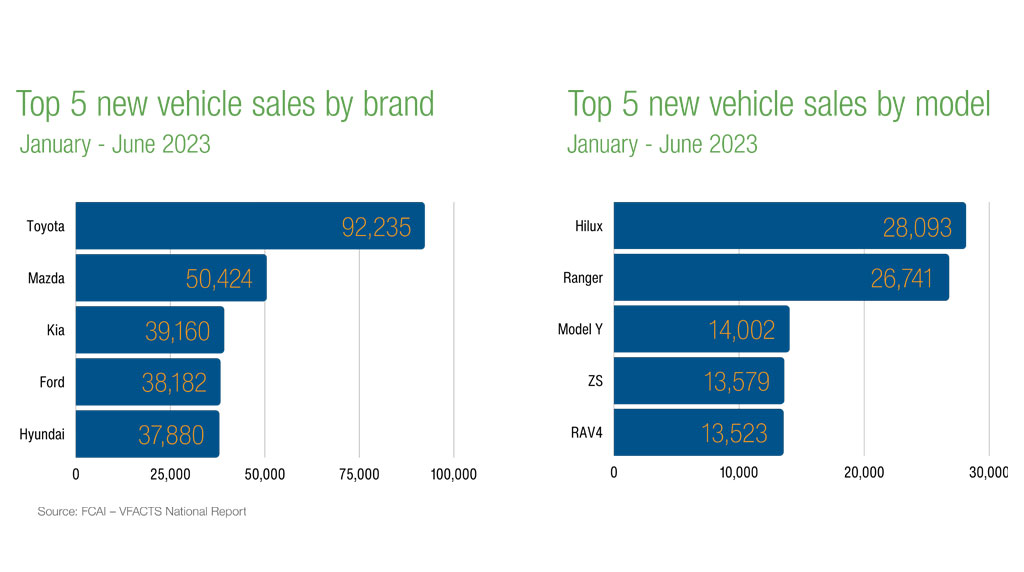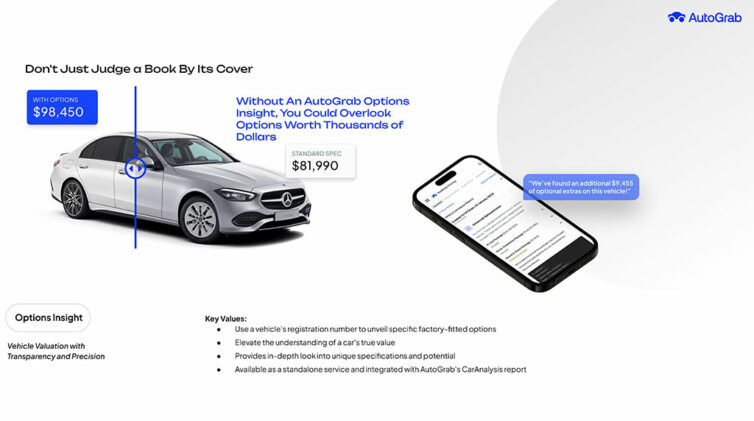However, it said that the market days supply for EVs aged under four years is higher than for any other vehicle type.
Cox Automotive Australia looked at the EV and PHEV market and reported that the EV inventory is limited “because the market only really started taking off in earnest on the new-car side in 2022.”
It said: “While EVs have more than 7 per cent new-car market share this year it will take a few years for this (penetration) to be reflected in the used market.
“The EV sector is also overwhelmingly dominated by Tesla, which still controls around 60 per cent of the new EV market.
“Unsurprisingly the vast majority of sold EVs at the moment are Tesla Model 3s, reflective of the high proportion of owners who sold their car when the Model Y SUV arrived last year after a protracted launch.
“All told, the active count of used EVs has increased by 42 per cent this year while market days supply (MDS) has declined from 70 days to 63 days.
“With greater scale, we expect demand for used EVs to suffer in the face of recent Tesla new car price cuts and the wave of more affordable options from China led by BYD and MG.
“It’s worth noting that MDS for EVs aged under four years is higher than any other vehicle type.”
In addition, the Cox report on the price index showed a large decline in EV and PHEV values because of factors including typical buyers wanting new, rather than used EVs and PHEVs.
This is further affected by the large numbers of new models hitting the market, it said.
Meanwhile, the Cox Automotive Australia market report, which covers passenger, SUV, LCV and EV vehicle types, shows that amongst the sectors, passenger-car active dealer listings grew 41 per cent between January and June.
At the same time, the passenger car market days supply (MDS) figure was up 7 per cent from 55 days to 59 days.
But the Cox report said that the figures don’t mirror the differences in the age groups of the vehicles.
“For example, the MDS figures for passenger cars, SUVs and LCVs aged under two years are all down year-on-year (YoY),” it said.
“Most striking is the 18.1 per cent decline in MDS for utes under two-years old, suggestive of ongoing new model shortages.”
It said that the fall in MDS was despite softening prices. In the case of the 18.1 per cent decline in utes, CAA attributed much of it to owners holding onto their vehicles, likely as a result of the new-model shortages and the need to wait for a replacement vehicle.
Cox Automotive Australia noted that the index declines are similar to the year-on-year results shown in the Manheim US Used Vehicle Index that showed a 10.3 per cent decline in the same period.
Listings and MDS data for SUVs was different, with active dealer listings growing 32 per cent between January and June while the MDS figure remained unchanged at 63 days.
“Ute active dealer listings grew 14 per cent between January and June. At the same time the MDS contracted from 63 days to 60,” Cox said.
“It’s a similar story for vans and buses, with active counts up 21 per cent while MDS reduced from 66 days to 59 days.
“This suggests the supply versus demand equation for younger pre-owned cars is less favourable than for older used cars, where the balance is healthier.”
During the six months, CAA noted that the Price Index for second-hand passenger cars fell from 132.6 to 125.3 for those under two years (year-on-year) and from 144.7 to 135.7 for those aged two to four years.
“The Index for SUVs aged under two years fell from 128.9 to 119.1, for those aged two to four years fell from 139.7 to 129.4,” it said.
“It was similar for pickups aged under two years (138 to 125.6) and two to four years (147.8 to 136.1), and vans/buses aged under two years (131.4 to 123.8) and two to four years (143.4 to 142.4).
“While the sample size is smaller, we saw a larger decline in used BEV and PHEV values (down from 128.4 to 96.2 for those under two years) due in large part to the proliferation of cheaper new EVs, purchase incentives, and a tendency for early adopters to prefer the latest technologies.
“In Europe and the US we have already seen (what some industry pundits are calling) the used EV ‘Valley of Death’ take hold and will be watching this space closely,” the Australian Cox report said.
“As EV share of the new market grows, it will have implications come selling time in a few years, particularly in the fleet remarketing space.
“It’s also worth noting that the new EV market has been inflated due to fringe-benefits tax exemptions that commenced on July 1 of 2022, which has stimulated uptake among business fleets as well as the ‘user-chooser’ novated leasing space.”
Read more: Cox report: Ute values slip
By Neil Dowling
















 Read More: Related articles
Read More: Related articles

